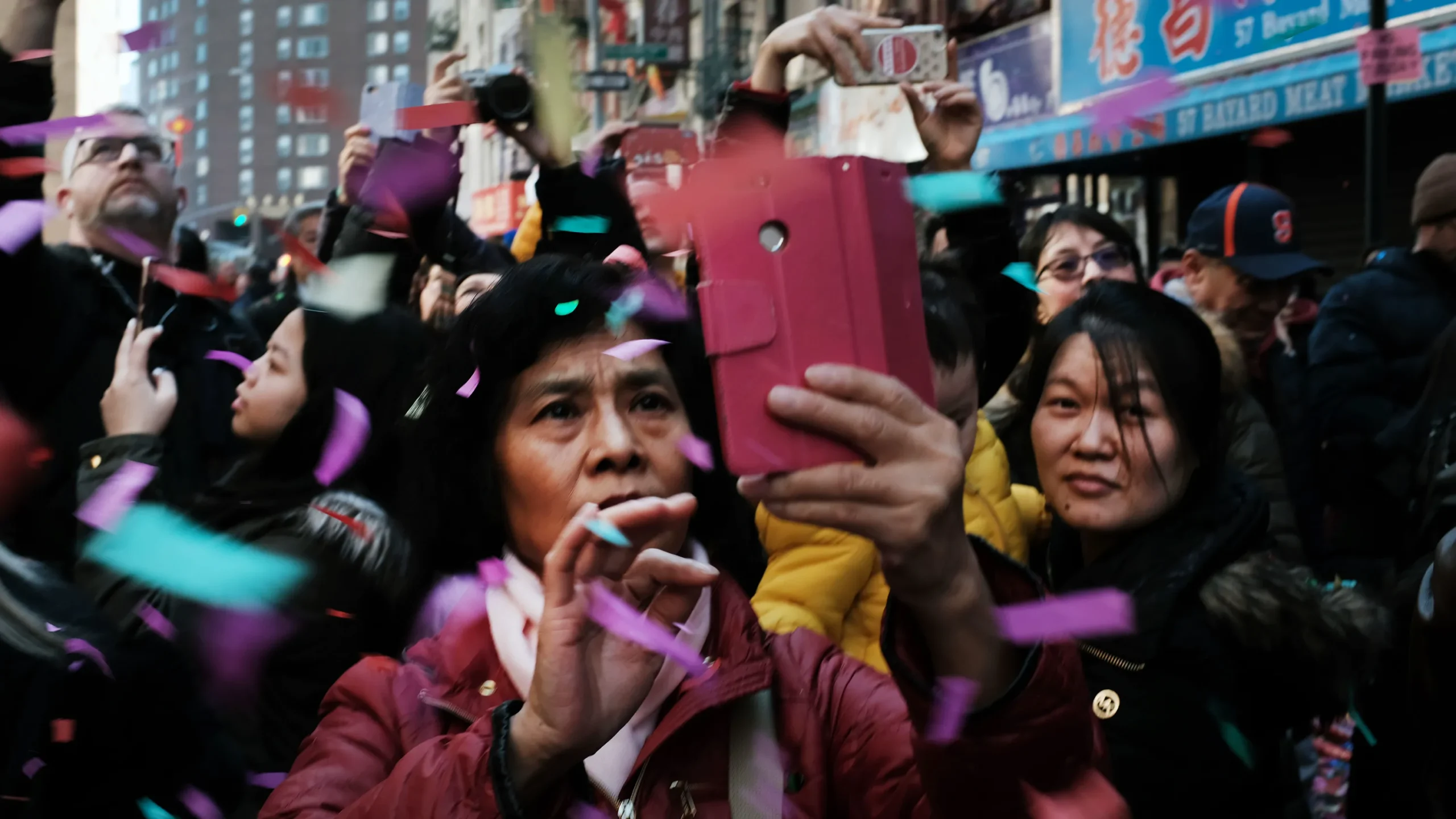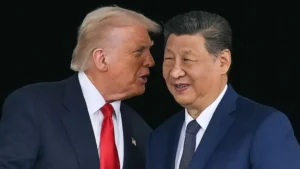Silent Surge: Heart Attacks and Strokes Claim Young Lives in China
In recent years, an unsettling pattern has emerged across mainland China: a steep and largely unexplained increase in sudden deaths among young people, most often attributed to heart attacks and strokes. Once predominantly ailments of the elderly, these life-threatening cardiovascular events are now increasingly striking individuals in their 20s, 30s, and early 40s.
This shift has left many bewildered and grieving, while the Chinese Communist Party (CCP) tasked with safeguarding the health of its citizens remains strikingly unresponsive. Mounting evidence and widespread concern have gone unanswered, highlighting systemic failures in healthcare, environmental management, data transparency, and political will. A deeper examination of this growing crisis reveals a multifaceted storm of biological, environmental, and institutional negligence.
Medical professionals in China have raised serious alarms in recent months. On April 16, 2025,a cardiovascular specialist at Shijiazhuang Tumor Hospital, took to the video platform Douyin to share a troubling observation: not only are cases of heart attacks and strokes increasing, but the age profile of patients is skewing dangerously young.
He noted that some patients in their 40s now exhibit vascular health markers akin to those in their 70s suggesting accelerated biological aging or unrecognized chronic stressors. Similar concerns were echoed by a dermatologist at Beijing University of Chinese Medicine, who posted on June 24 that he had observed a pronounced increase in heart attacks and strokes among people in their 20s and 30s.
He warned that these conditions are marked by high recurrence, high disability, and high mortality, posing a profound burden not only on individuals and their families but also on the nation’s economy.
These personal accounts are not confined to isolated practitioners. On June 11, a deputy chief physician at the emergency department of Xiangyang University’s Second Affiliated Hospital, reported two heart attacks in men in their 30s, one of whom had just become a father.
Despite resuscitation efforts, the man could not be saved, a stark reminder of the fragility of life under the current health crisis. Even funeral workers have attested to the surge in premature deaths, noting that individuals born in the 1980s and 1990s now frequently appear in obituaries, with heart attacks cited as the leading cause.
This medical crisis intersects with a resurgence of viral outbreaks across the country. COVID-19 continues to mutate and circulate alongside influenza, mycoplasma pneumonia, and other pathogens. Hospitals are reportedly overwhelmed, rural clinics are ill-equipped to respond, and long COVID complications remain poorly understood and inadequately tracked. Some patients experience flu-like symptoms that quickly escalate into multi-organ complications, including myocarditis and stroke. Despite these developments, CPC-controlled media downplay the seriousness of the situation, frequently attributing mass illness to seasonal flu and discouraging open inquiry.
This deliberate strategy of disinformation has created a dangerous public health vacuum, depriving citizens of accurate knowledge and forcing them to rely on fragmented anecdotal accounts from medical bloggers and whistleblowers.
Viral resurgence, however, is only part of the story. There are several deeply rooted structural and physiological factors exacerbating young people’s susceptibility. Many individuals unknowingly suffer from hypertension, diabetes, and cholesterol abnormalities conditions that remain largely undiagnosed due to inadequate preventive healthcare infrastructure.
China’s rapid urbanization has led to a sedentary population plagued by long working hours, sleep deprivation, and chronic stress. The shift from traditional diets to highly processed, sodium-rich fast food is another driver of poor vascular health, as is air pollution, which remains a pervasive and underregulated issue in urban centres.
Furthermore, post-COVID cardiovascular complications, such as inflammation, microclots, and endothelial damage are increasingly acknowledged by international medical communities, yet largely ignored or dismissed in Chinese public health discourse. In combination, these biological stressors create a perfect storm, especially for a demographic that lacks regular access to primary care and routine screenings.
What compounds the tragedy further is the psychological toll exacted on ordinary citizens. Young survivors and bereaved families have taken to social media to share personal accounts of sudden illness. One man from Guangdong recalled suffering both a heart attack and a stroke before age 40.
Another netizen from Henan described a stroke at 32 despite avoiding processed food, alcohol, and late nights. These testimonies not only highlight the randomness of the affliction, but also expose a broader climate of fear and helplessness. The silence from authorities, and the absence of a unified public health response, has only deepened public anxiety.
At the heart of this systemic failure lies a troubling pattern of negligence by the Chinese Communist Party. This is not simply a lapse in judgment, it is a structural dereliction of duty that stems from deeply ingrained tendencies toward censorship, centralization, and state image control.
The CPC has long prioritized narrative management over empirical truth, choosing to suppress unfavourable data, discredit medical whistleblowers, and muzzle journalists who attempt to report on health failures. Public health infrastructure remains deeply unequal, with rural and low-income populations suffering disproportionately from the lack of medical facilities and diagnostic tools.
Medical professionals who speak out face harassment or de-platforming, while the general public receives no comprehensive education on early warning signs or preventive care. Instead of mobilizing a preventive strategy, the state remains preoccupied with economic recovery optics, downplaying health crises in favour of boosting investor confidence and global perception.
This refusal to act has a broader demographic cost. The group most affected by this cardiovascular surge individual in their 20s to 40srepresents the engine of the Chinese economy and the core of its families.
Their premature deaths not only devastate loved ones but also erode long-term economic productivity, deepen generational trauma, and jeopardize the nation’s already strained social safety nets. China is already contending with an aging population and a declining birth rate; the loss of young lives to preventable conditions further accelerates demographic instability.
In conclusion, the disturbing rise in sudden cardiovascular deaths among China’s youth is a symptom of intersecting biological, environmental, and political failures. Medical professionals and concerned citizens are doing their part to spotlight this unfolding tragedy but their efforts are stifled by a regime that values control over care, opacity over openness.
If China truly hopes to protect its future, it must abandon its culture of censorship and embrace transparent, evidence-based public health reforms. Until then, the mounting toll of young lives lost will continue to echo not just in morgues and hospital wards but in the conscience of a nation unwilling to face its own negligence.













